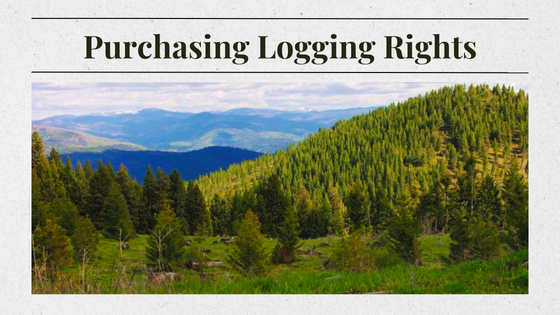Estonia, with its vast expanses of verdant forests, stands at the forefront of sustainable forestry practices in Europe. The country’s meticulous approach to environmental stewardship has paved the way for innovative forestry management models, one of which is the purchase of logging rights. This concept has garnered substantial interest from both domestic and international investors, offering a sustainable and profitable avenue to engage with Estonia’s forestry sector. Understanding the essence of logging rights and their strategic importance in Estonia’s forestry landscape is crucial for anyone looking to venture into this green economy.
Understanding Logging Rights
In simple terms, logging rights refer to the legal permissions or licenses granted to an individual or entity to harvest timber from a particular area of land. This does not entail ownership of the land itself but rather the right to extract timber resources from it, within specified guidelines to ensure sustainability and environmental preservation. Metsaost24, a leading Estonian forestry company, plays a pivotal role in facilitating the raieõiguse ost, allowing landowners to maintain ownership while enabling forestry operations to proceed in a regulated and controlled manner.
The Environmental and Economic Significance of Logging Rights
Estonia’s forestry laws are structured to balance economic interests with ecological integrity. In this context, logging rights emerge as a tool for sustainable forest management. They enable the strategic, selective harvesting of timber, which can contribute to the health and vitality of forest ecosystems. By allowing for the removal of over-mature or diseased trees, these practices help in reducing the risk of forest fires, pests, and diseases, thereby promoting biodiversity and forest regeneration.
From an economic perspective, the purchase of logging rights offers a lucrative investment opportunity. Given the global demand for timber and wood products, acquiring the rights to harvest from Estonia’s rich forests can yield significant returns. The country’s strategic location in the Baltic region, coupled with its well-developed infrastructure, facilitates easy access to European, Nordic, and broader international markets, enhancing the export potential of harvested timber.

The Process of Acquiring Logging Rights
Purchasing logging rights in Estonia is subject to a stringent regulatory framework designed to uphold sustainability and environmental protection. The process typically involves the following steps:
Due Diligence: Investors or forestry companies interested in logging rights must first conduct thorough due diligence. This includes assessing the forest’s health, timber quality, and environmental considerations, ensuring compliance with Estonian forestry laws and international sustainability standards.
Negotiation and Acquisition: Following due diligence, negotiations take place between the interested party and the landowner. Upon agreement, a contract is drafted, outlining the terms, conditions, and duration of the logging rights, along with stipulated environmental safeguards.
Permits and Regulatory Compliance: Obtaining necessary permits from local forestry and environmental authorities is a crucial step. This ensures that logging activities are carried out in alignment with national regulations and environmental protection measures.
Sustainable Harvesting: With all legal formalities in place, sustainable logging operations can commence. This involves selective harvesting practices, adherence to cutting quotas, and implementation of measures to minimize environmental impact.
The Advantage of Estonia’s Approach
Estonia’s model of purchasing logging rights epitomizes how economic development can be harmoniously aligned with environmental preservation. Through its rigorous regulatory framework, Estonia has established a sustainable forestry management system that appeals to investors seeking not only financial returns but also environmental responsibility.
As the world increasingly focuses on sustainability, Estonia’s forestry sector, particularly the aspect of logging rights, offers a beacon of how responsible resource management can lead to economic prosperity while safeguarding the planet. For investors, engaging in the purchase of logging rights in Estonia is not merely an economic venture but a commitment to supporting sustainable forestry practices that will benefit future generations.
In Conclusion
The purchase of logging rights in Estonia presents a unique intersection of environmental stewardship and investment opportunity. For those looking to participate in the forestry sector, it offers a sustainable path forward, ensuring the longevity and health of Estonia’s precious woodlands while contributing to the global demand for timber in an ethically responsible manner.